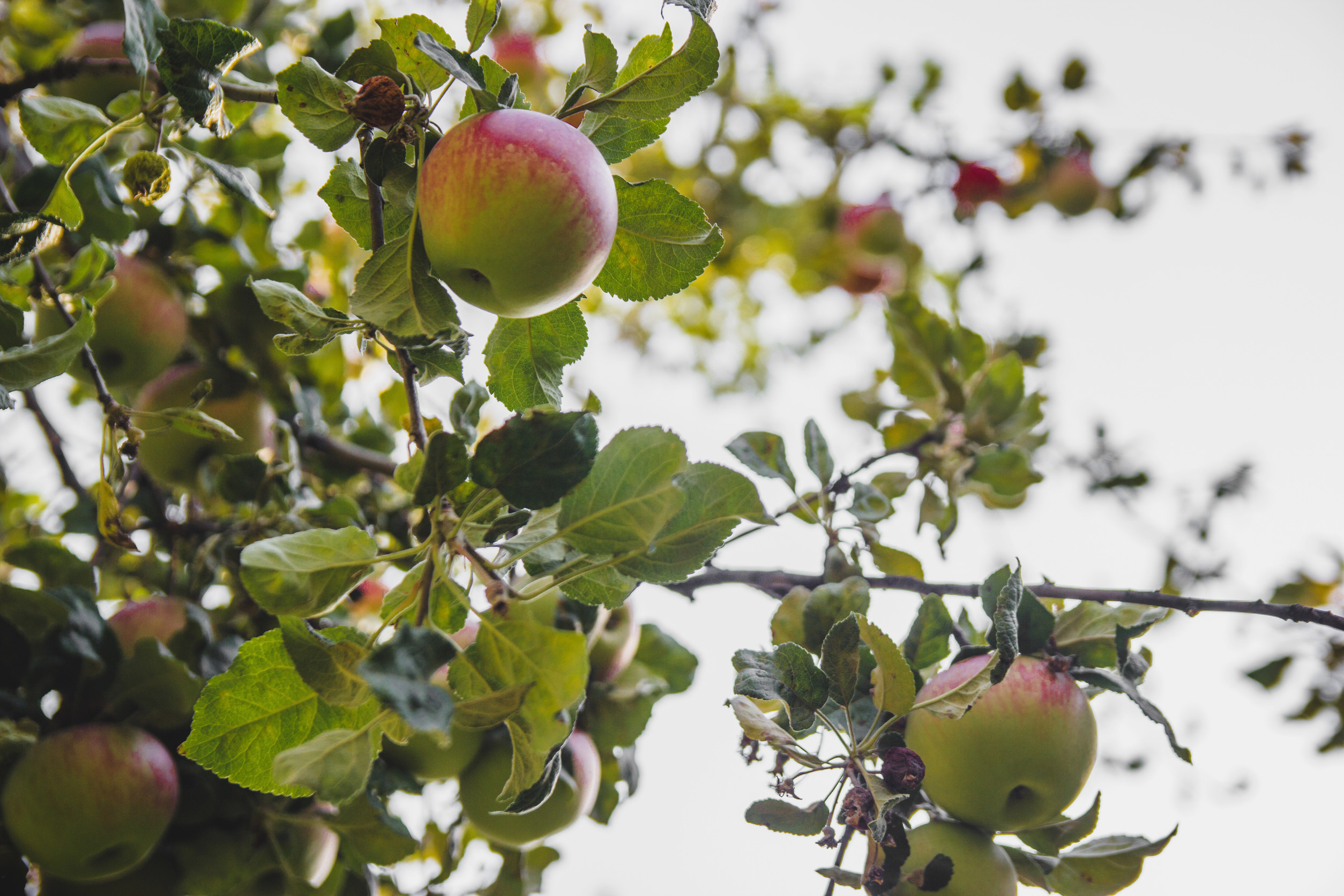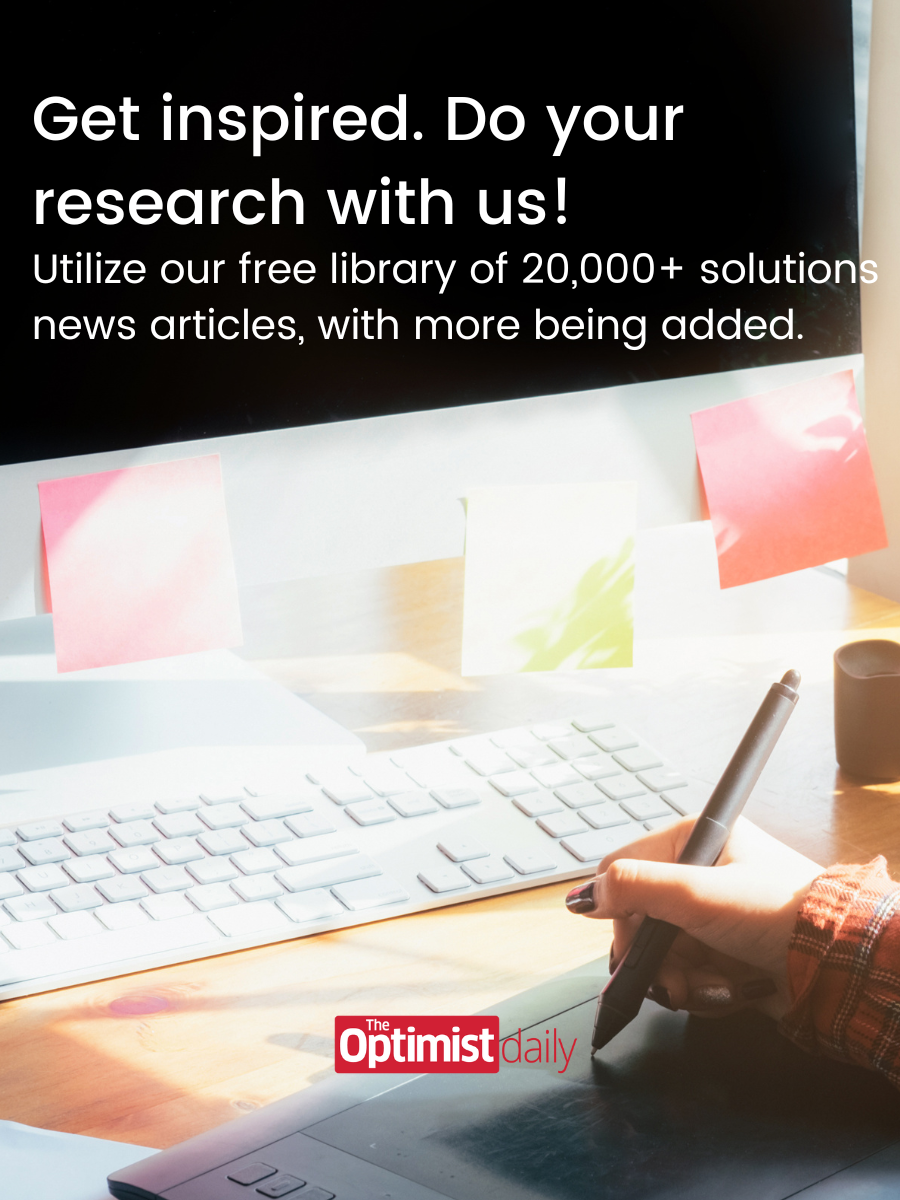BY THE OPTIMIST DAILY EDITORIAL TEAM
In the forests of Michigan, a small, bitter apple may hold the secret to protecting one of the world’s most beloved fruits. The Malus coronaria, commonly known as the sweet crabapple, blooms weeks later than popular commercial varieties like Honeycrisp or Fuji, avoiding the killing spring frosts that increasingly threaten apple orchards.
“That doesn’t sound like a lot, but almost always that’s enough for the flowers to escape the killing spring frost,” explains Steve van Nocker, a Michigan State University plant geneticist leading the search for this frost-resilient tree.
As climate change makes weather patterns more unpredictable, van Nocker’s decades-long project aims to identify the genes responsible for the Malus coronaria’s late bloom. If successful, these genes could be used to develop frost-resistant commercial apple varieties.
Apple growers brace for a changing climate
Across the globe, apple growers are grappling with the impacts of climate change. A recent Washington State University study highlights alarming trends in the top apple-producing states—Washington, Michigan, and New York. Between 1979 and 2022, these regions experienced fewer cold days, more warm fall nights, and in Washington, extreme heat. These conditions risk disrupting bloom timing, causing trees to emerge from dormancy too early, and increasing the likelihood of sunburn, which damages fruit quality.
Jared Buono, director of Cornell University’s Hudson Valley Research Lab, underscores the challenges: “Growers’ jobs are already hard. The change in climate, the increased unpredictability and variability, makes it that much harder.”
In response, researchers and growers are innovating. Solar panels are being installed in orchards in Europe and South Korea to protect fruit from hail and sun while regulating light and heat. In Pennsylvania, an unmanned vehicle equipped with a propane-fueled heater rolls through orchards to warm trees during unexpected frosts. Meanwhile, the University of Maryland recently announced the development of a more heat-tolerant apple variety.
The hunt for malus coronaria
For van Nocker, the first step to creating frost-resistant apples is finding the elusive Malus coronaria trees. Once abundant in Michigan—so much so that its blossoms were named the state flower in 1897—the species is now in decline. Many former habitats have been replaced by parking lots and shopping centers, and the remaining trees often produce little growth or fruit.
On a chilly December day, van Nocker and graduate assistant Lily “Kaz” Christian scoured a public park near Michigan State University, collecting small stem samples from Malus coronaria trees. The samples will be tested to confirm their genetic purity, and viable cuttings will be grafted onto apple rootstock to grow identical trees.
While the fruit of Malus coronaria is small, green, and bitter—“To me, they don’t taste good at all,” admits van Nocker—the goal isn’t to replace Honeycrisp or Red Delicious with crabapples. Instead, the genetic traits responsible for its late blooming will be isolated and used to develop new apple varieties that combine frost resistance with the desirable qualities of commercial apples.
Building a climate-resilient future
The road to creating frost-resistant apples is long and complex. Crossbreeding a Malus coronaria with a commercial apple takes four to five years just to produce fruit, and achieving the perfect hybrid could take decades.
Yet van Nocker stresses the urgency of this work. “With climate change, it’s quite possible that apples won’t be able to be produced in Michigan in the future,” he warns. “That’s why cultivar improvement, especially in terms of frost resistance, is so important.”
As van Nocker’s team continues its search and research, seeds from Malus coronaria are being sent to the U.S. Department of Agriculture to preserve its genetic stock. It is a small but vital step in ensuring the survival of apple orchards in Michigan and beyond.











